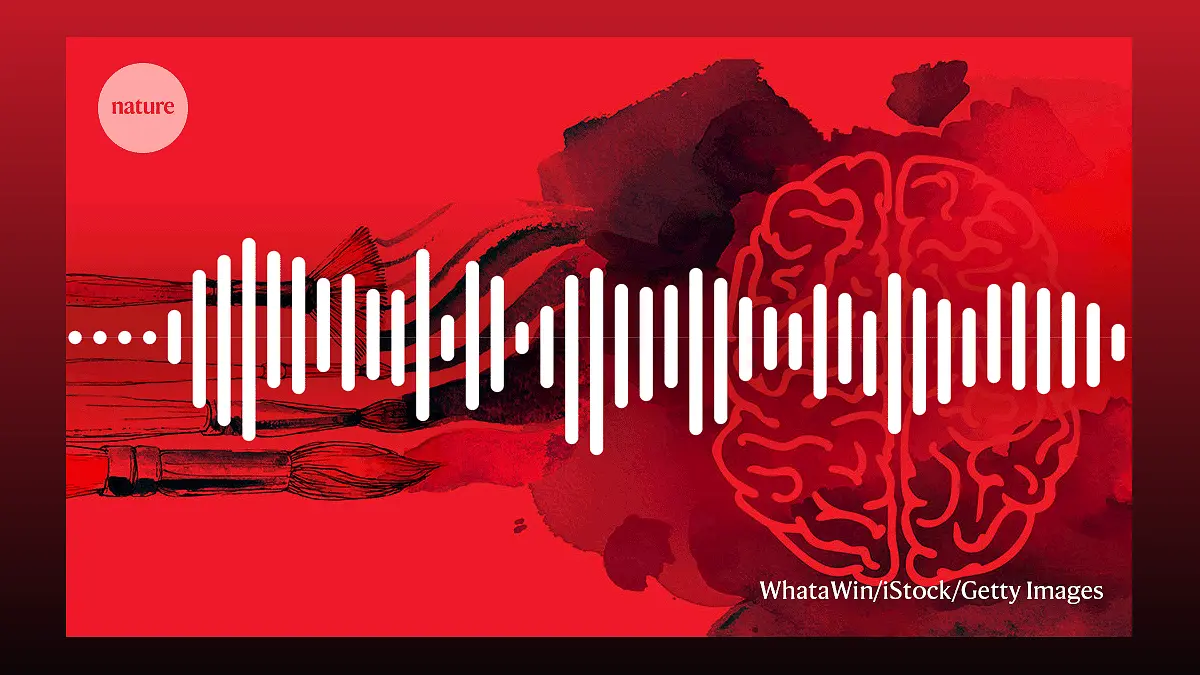Welcome to the captivating realm where art and science intertwine. In this article, we embark on a journey into the GUI/GOOEY exhibition, an international showcase that explores the fascinating connections between art, biology, and technology. Join me, Emily Adams, as I delve into the thought-provoking works of artists Laura Splan and Diana Scarborough, and uncover the intriguing ways in which they merge ancient techniques with cutting-edge advancements. Get ready to be inspired by the captivating world of GUI/GOOEY!
Exploring the Digital and Technological Representations of the Biological World
Delve into the fascinating world of digital representations of biology and their influence on our understanding. Discover the connections between biology and graphical user interface in technology.
Technology has revolutionized the way we perceive and interact with the biological world. In the GUI/GOOEY exhibition, artists explore the digital representations of biology and the intriguing connections they have with graphical user interfaces in technology. Through their artworks, they challenge our understanding of organic and biological worlds, pushing the boundaries of what is possible.
By merging the realms of art and science, these artists invite us to question how virtual representations shape our perception of the biological world. The exhibition features a range of captivating artworks that explore interfaces, interactivity, aesthetics of delay, progress bars, glitches, and artificial intelligence in relation to biology. Prepare to be captivated by the thought-provoking blend of art and technology.
Ancient Artistic Techniques Meet Cutting-Edge Scientific Advancements
Witness the fusion of ancient artistic methods with the latest scientific research. Explore the collaboration between artist engineer Diana Scarborough and Ljiljana Fruk's laboratory at the University of Cambridge.
Step into the realm where art and science converge as artist engineer Diana Scarborough collaborates with Ljiljana Fruk's laboratory at the University of Cambridge. Drawing inspiration from ancient artistic techniques, Scarborough incorporates scientific research into her mesmerizing artworks.
One remarkable project from their collaboration involves the use of clay to stabilize biomolecules, a technique inspired by ancient methods of fixing dyes on clay. By merging traditional artistic practices with cutting-edge advancements in artificial intelligence and nanotechnology, Scarborough and Fruk push the boundaries of what is possible in both art and science.
Science Fiction as a Catalyst for Change
Explore the role of science fiction in raising awareness about pressing issues and the need for interdisciplinary approaches. Join Uruguayan novelist Fernanda Trías as she discusses her book 'Pink Slime' and the power of integrating the humanities and science.
Science fiction has long been a powerful tool for raising awareness about pressing issues, and Fernanda Trías' book 'Pink Slime' is no exception. Set in a dystopian world ravaged by an environmental catastrophe, the book explores the scarcity of food and the reliance on a paste called pink slime for sustenance.
In our interview with Trías, she emphasizes the importance of science fiction in addressing societal challenges such as climate change. By integrating the humanities and science, we gain a deeper understanding of the social and cultural implications of scientific research. 'Pink Slime' serves as a reminder of the need for interdisciplinary approaches to tackle the complex problems we face.
The Creative Process and Societal Impact of Science Fiction
Uncover the creative process behind science fiction and its potential to shape the future. Join the International Science Council (ISC) as they interview science fiction authors, including Fernanda Trías, and explore the intersection of art and science.
The International Science Council (ISC) sheds light on the creative process and societal impact of science fiction. In their interviews with science fiction authors, including Fernanda Trías, they delve into the inspiration behind their work and the potential of dystopian narratives to drive change.
Trías discusses the importance of bridging the gap between art and science, emphasizing how the perspectives of science fiction authors can shape the future and create the kind of world we desire. By exploring the intersection of art and science, we open up new possibilities and pave the way for a better future.

